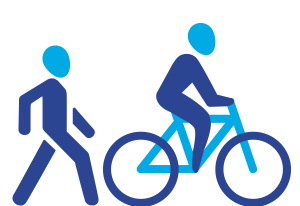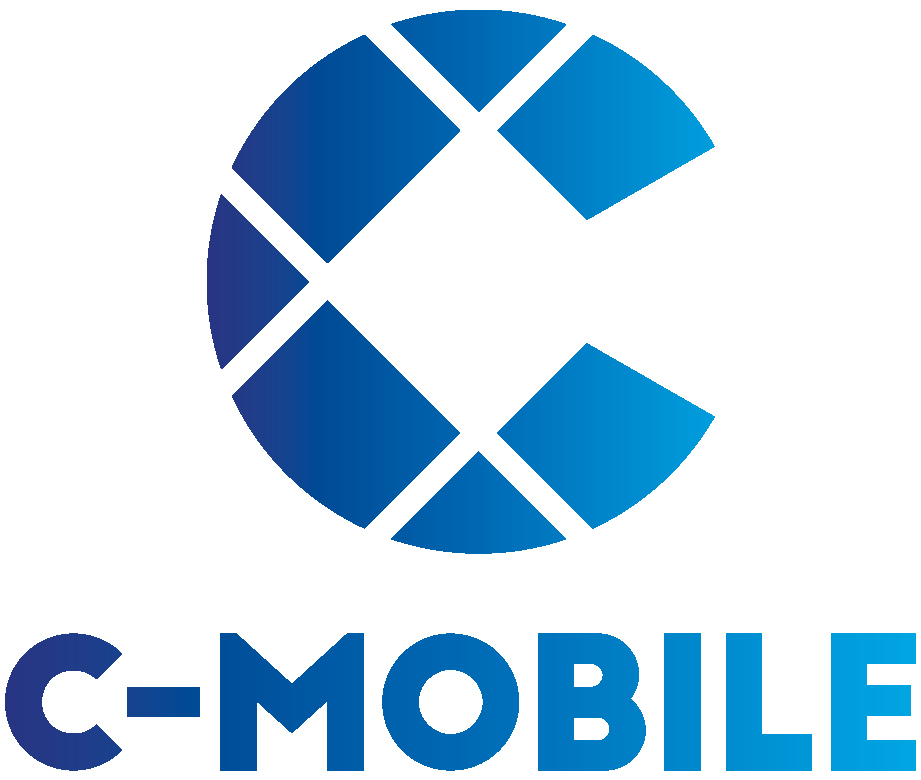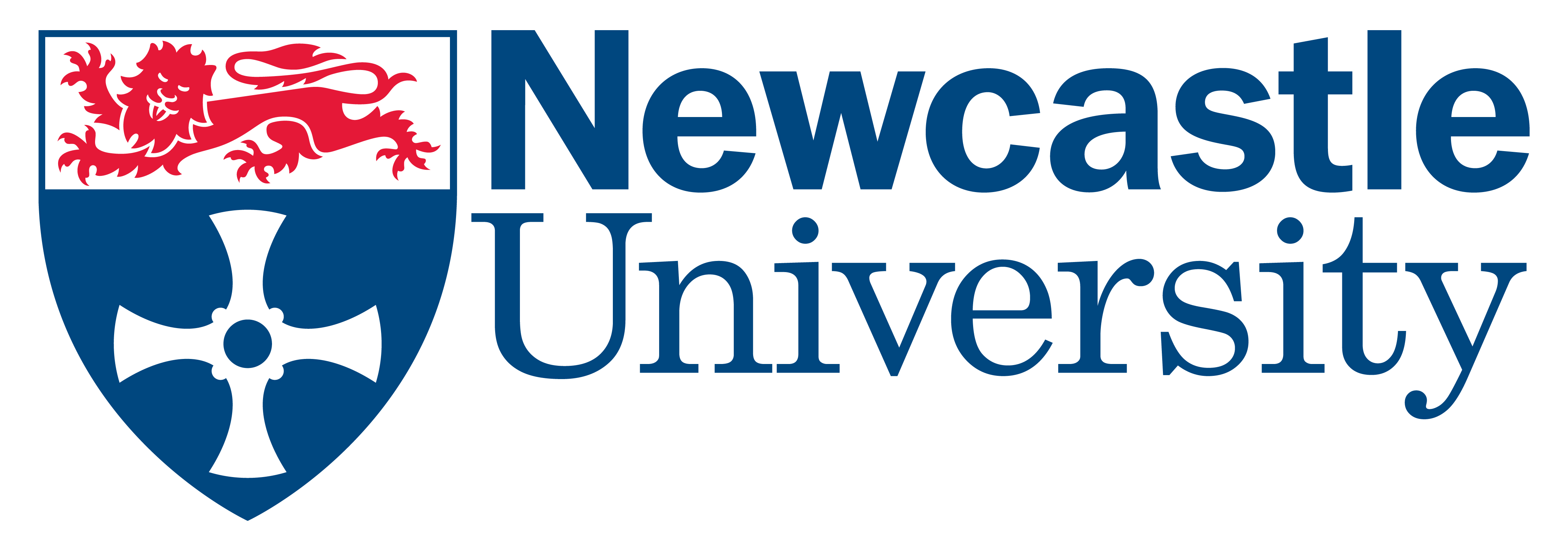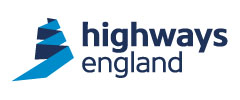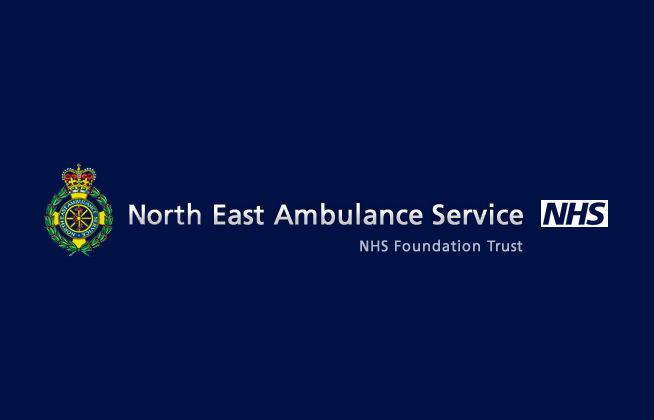Newcastle
Newcastle University is a leading centre of transport technology in Europe, with the Future Mobility Group contributing a significant research role in the development of connected and autonomous vehicles, air quality and decarbonisation, electromobility, connected infrastructure for smart cities and smart transport for ageing and mobility. The team works closely with world leading industry including Nissan, Siemens and Hitachi as well with many SMEs and the wider supply chain through partnerships with the North East Automotive Alliance, ITS UK, the Connected Places Catapult, NICA (National Innovation Centre for Ageing) and NICD (National Innovation Centre for Data), and through key networks, such as ERTICO, ECTRI, POLIS, UKCRIC, the Centre for Energy System Integration (CESI) and the Energy Research Partnership.
Currently FMG has EU funded projects including Mobility as a Service and eHUBS that are generating new knowledge in terms of data, models and tools, which is transferrable to the NE Region, access to data from one of the largest charging networks in Europe for electric vehicles, integrated data collection facilities developed with industry capturing and processing urban data in real-time, vehicle and systems data from C-ITS projects including C-MOBILE (EC, 2017-20) , C-ITS Evaluation (DfT, 2018-19), C-ITS Smart Corridor Newcastle (DfT 2015-2019), and COMPASS4D (EC, 2013-2016), integration of the regional traffic management and control centre hosted at the University as a research tool, innovative and ultra-low emissions logistics trials using remote sensing coupled with simultaneous real-time air quality, noise and meteorological conditions monitoring through the Urban Observatory.
NeoGLS mobile app
This app delivers road works warning, road hazard warning and in vehicle signage via cellular (4G). The RWW/RHW services are region-wide (i.e. north east region of England) data sources converted into DENM messages which are delivered to users via the NeoGLS app. The IVS service is a static speed limit information service on one route, Gosforth High Street, converted to an IVI message format and then delivered to users via the NeoGLS app. The first beneficiaries will be North East Ambulance Service (NEAS) non-emergency vehicles (so-called patient transfer vehicles) that take people to routine appointments at hospitals. Eventually the app will be available to any user with an Android device who downloads the app from Play Store, including all our fleet users in C-MOBILE, and potentially any member of the public. In order to ensure stability of the service for such a potentially large number of users, Zircon (a contractor to Newcastle City Council) is upgrading its cloud-based server by April 20th (the information services go via Zircon to NeoGLS). The Newcastle systems integrator, Siemens UK, also aims to deliver GLOSA services on selected routes via 4G later in 2020. These services are interoperable with other C-MOBILE cities.
Zircon mobile app
This app was originally designed during a previous project funded by the UK Department for Transport, to deploy ITS-G5 services (GLOSA and green priority) on one route, Gosforth High Street, with the beneficiary to be Arriva express buses. Unlike regular buses, the service has only one stop on the route and would benefit from GLOSA and priority services to improve journey time reliability. This project formed the core to the C-ITS services delivered in C-MOBILE. The Zircon app is being deployed as of September 2020, but is bespoke for the bus operator having been designed in a collaborative way, and is not publicly available. When the GLOSA and green priority services are not running the screen will default to the RWW/RHW screen. The G5 services will also be available on another route in the east of Newcastle that was originally equipped for the Compass4D project (2013-16). This route is currently subject of an infrastructure upgrade to ETSI 2019. The main users on this route will also be fleets, specifically NEAS patient transfer vehicles, selected taxis, and some local authority vehicles; they will be equipped with OBUs during 2020.
C-ITS installations
traffic light intersection C-ITS equipped (includes pedestrian crossings)
km motorway
km (inter-) urban roads
User extension
Existing

11 emergency vehicles

2 shared cars

10 cyclists
Additional

35 buses
